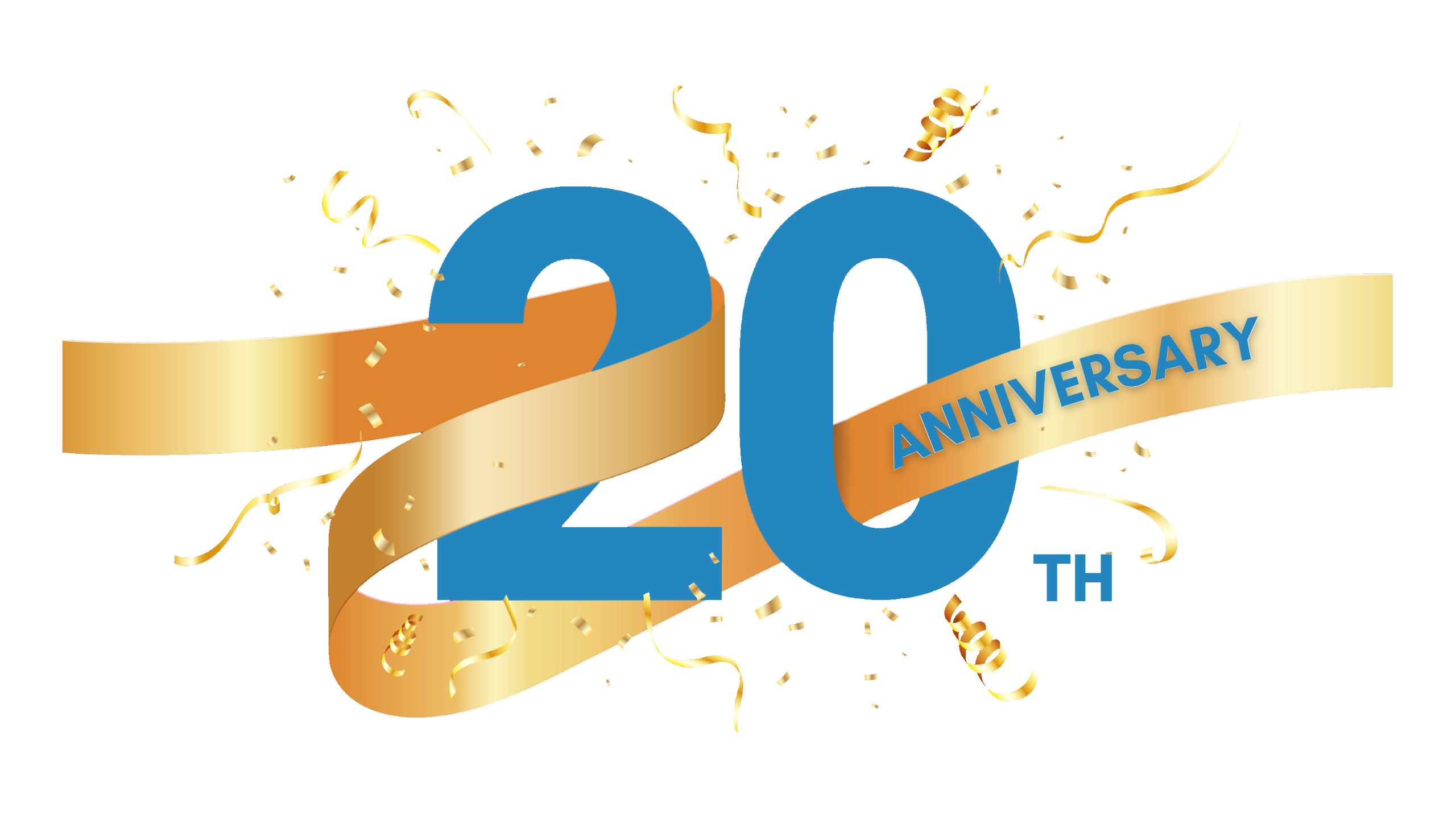The following article is aimed at giving students some useful advice on how to prepare for, deliver and get the most out of a lecture or presentation. Here are three checklists for:
- Preparing a lecture or presentation.
- Delivering a lecture or presentation.
- Getting more from a lecture or presentation.

Preparing a lecture
Check these things before you write your lecture.
Audience
- Who are they?
- How many are expected?
- What are their worries, concerns and interests?
Expectations
- How much time will you have to speak? Will there be questions?
- Do you need to prepare a handout?
Environment
- Where will you be speaking?
- When?
- Are there other speakers? (If so what are they talking about?) .
- What other business is on the agenda?
- Is there a lectern if you need one?
- Will you need a microphone?
- Are there facilities for visual aids?

Topic
Your topic is. . .
Purpose
Your purpose is to...
introduce, thank, support, inform, instruct, convince, inspire, motivate, get action, entertain.
Aim (Objective)
Your aim is . . .
What responses do you really want?
Lecture outline
What is your main message? (Write it down very briefly.)
Then organise your most important points and supporting statements.
- Your first main point leading to .
- Second point, leading to . . .
- Third point etc.
Conclusion
- Summarise your main points.
- Give a memorable message.
- Call for action, if appropriate. (Appeals must be realistic.)
Now go back and write your introduction.
Introduction
- Get attention.Arouse interest.
- Reveal purpose of talk.
- Establish a rapport with your audience.
Next decide on a title
Title
Make it interesting, intriguing and appealing.
Add an explicit subtitle if necessary.
Visual aids
What visual aids do you need to reinforce the message?
They must be simple, understood and seen by all
Some of the most effective are:
LCD Projector, Computer, Overhead projector, Slide projector, Video, Movie projector, Demonstrations, Boards (white, chalk, flannel, chart) Handouts, Models, The real thing.
Warnings
- Spoken language is different from written language. Rewrite articles or reports in suitable language.
- Lectures should never be read. After you have written out the spoken version, pick out key memory words and speak to them.
A speech is like a journey - it has purpose, direction and an ultimate goal.
Delivering a lecture
- Dress for your audience. Your clothes should be comfortable and suit the occasion.
- Before you are due to speak get the 'feel' of the room and the audience. Sit at the back of the room and observe other speakers and the reactions of the audience.
- During a break, check the sound system to get your levels right and to see how you adjust the microphone height.
- When you get up to speak take time to compose yourself. Adjust the lectern, arrange your notes, adjust the microphone, take a deep breath, look the audience over, smile at a friend and when you are ready, start.
The way you begin is very important. That's establish your credentials and build a rapport with the audience.
- Don't read; talk to your audience. Use key words as memory joggers.
- Share your feelings. Talk about your experiences and emotions. Be enthusiastic about your subject.
- Watch your audience. Can they all hear you? If they look bored tell them a story. If they look weary give them a break.
- If you' dry up' don't panic. Ask for questions or pause and compose yourself - make it look like a natural break. Then start off on another point.
- Use good visual aids - they can save you a lot of explaining. But they must be simple and seen by all.
- Your conclusion is very important. It is the last chance you will have to leave a memorable message. Spend time preparing your conclusion fully. Remember The end should be a climax, not an anti-climax.
Getting more from a lecture
Here are some ways to get more out of attending a lecture.
Before the lecture
- Read as much as you can about the topic
- Select your seat carefully - Choose a comfortable seat, away from distractions. Make sure you will be able to hear the speaker clearly and see all the visual aids.
- Give your undivided attention to the speaker - Concentrate on what the speaker is saying. Watch for body language. Listen for areas of interest. Listen for new information. Ask yourself, 'What's in this for me?'
- Make brief notes using your own form of shorthand Jot down headings to increase your recall. - Look for 'facts' and 'principles'. Don't write down details or you will miss cues.
- Keep an open mind - Don't stop listening because of your preconceived ideas or your biases. 'Emotional blackouts' make you lose the thread of the talk.
- Don't create distractions - Don't talk to people sitting near you or try to make clever remarks. Don't read or doodle - look at the speaker.
- Keep asking yourself questions - Use the five Ws and two Hs - who, what, why, when, where, how and how much.
- Keep summarising and reviewing - Weigh up the evidence as it is presented.
- Ask the speaker questions - Ask the speaker if you do not understand something or if you want further information.
'He who asks a question is a fool for five minutes - he who does not, remains a fool forever.'



